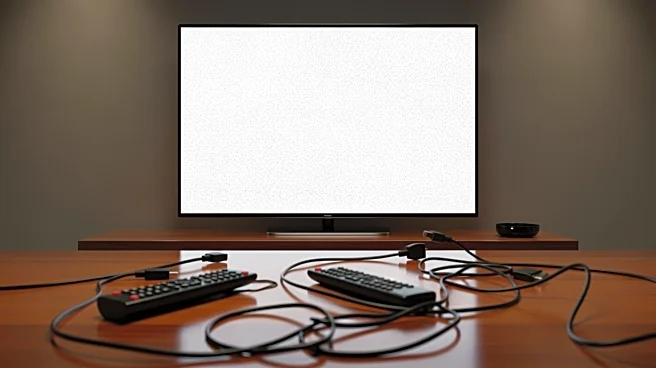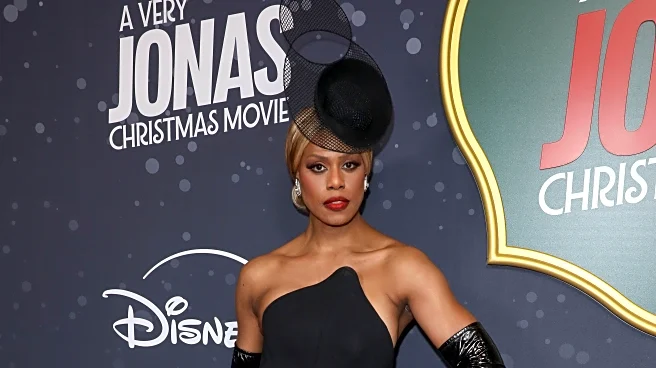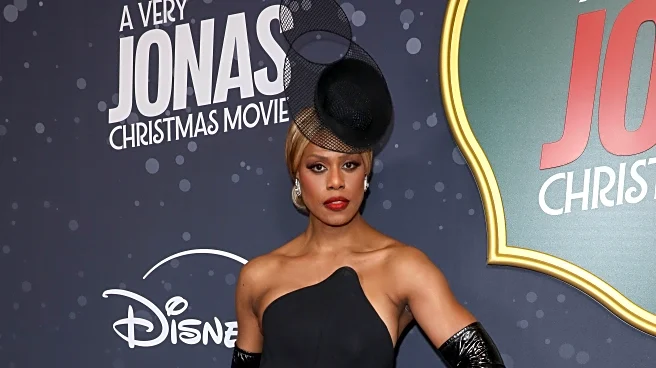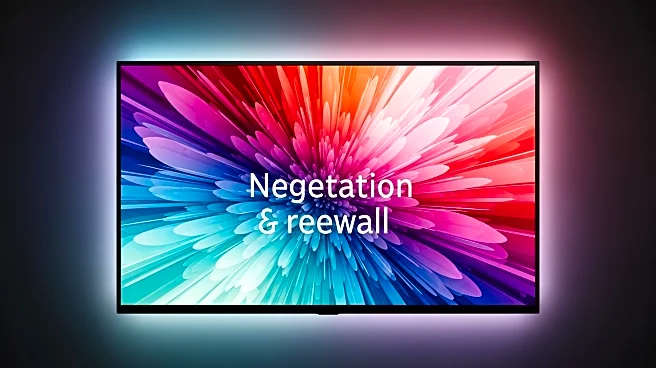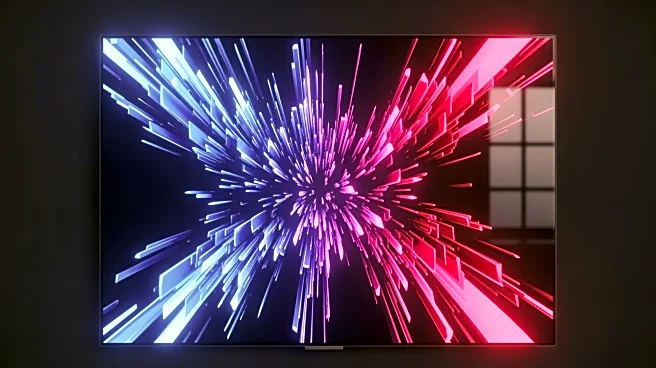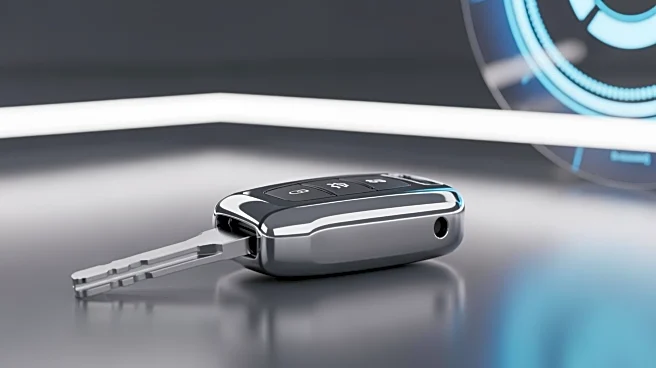What's Happening?
Walt Disney is preparing for an extended negotiation with YouTube TV over the distribution of its television networks. This dispute has led to Disney's networks being removed from YouTube TV, which is the fourth-largest
pay-TV provider in the U.S. with approximately 10 million subscribers. The disagreement is part of a broader trend of carriage rights disputes between major media companies and streaming services. Disney's quarterly revenue fell short of expectations, with cable weaknesses overshadowing growth in streaming and parks. The company's shares dropped by 8.3% following the announcement. Disney CFO Hugh Johnston mentioned that the company has built a hedge into its forecasts, anticipating prolonged negotiations.
Why It's Important?
The dispute between Disney and YouTube TV highlights the shifting dynamics in the media industry, where traditional cable TV faces challenges from streaming services. Disney's reliance on cable companies for channel distribution is decreasing, but transitioning away from these distributors will take time. The absence of Disney's networks on YouTube TV is significant for sports fans and could result in a revenue loss of approximately $60 million for Disney if the blackout continues for 14 days. The negotiations underscore YouTube TV's rapid growth and Google's financial leverage in discussions with media companies.
What's Next?
Disney CEO Bob Iger has stated that the proposed deal with YouTube TV is equal to or better than agreements with other large distributors. Disney is working to restore its channels on the platform while ensuring the deal reflects the value Disney delivers. Iger's contract expires at the end of 2026, and Disney is expected to name his successor early next year. The outcome of these negotiations could influence future carriage rights disputes and the strategies of media companies in dealing with streaming services.
